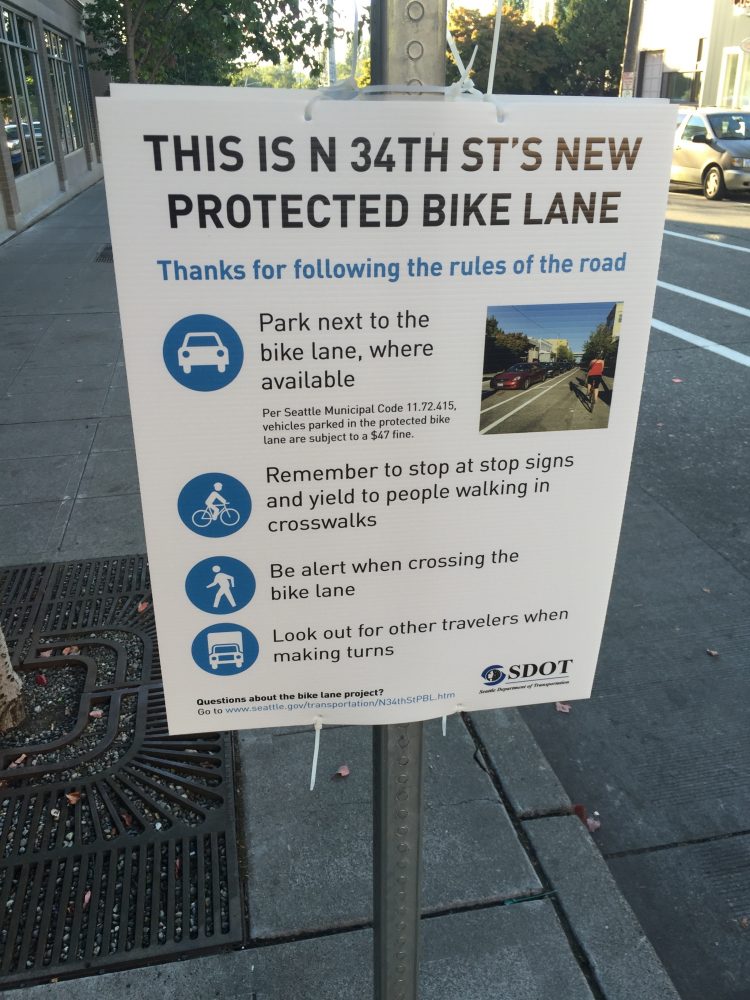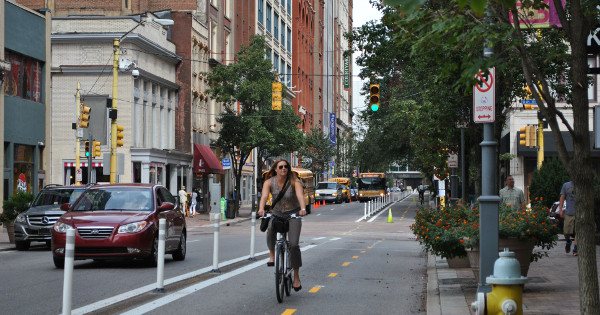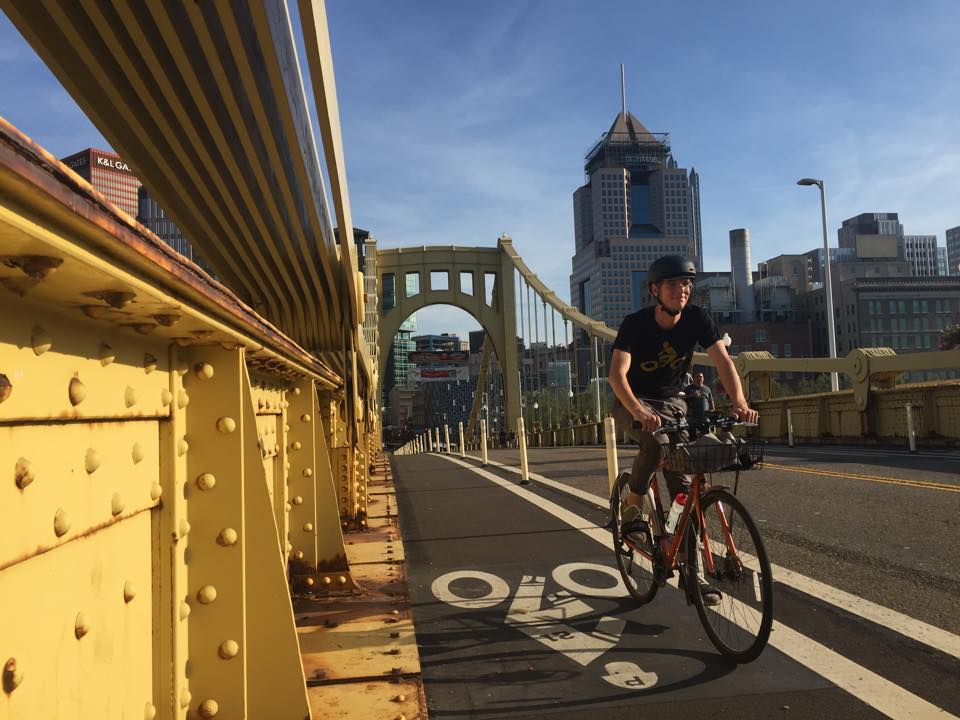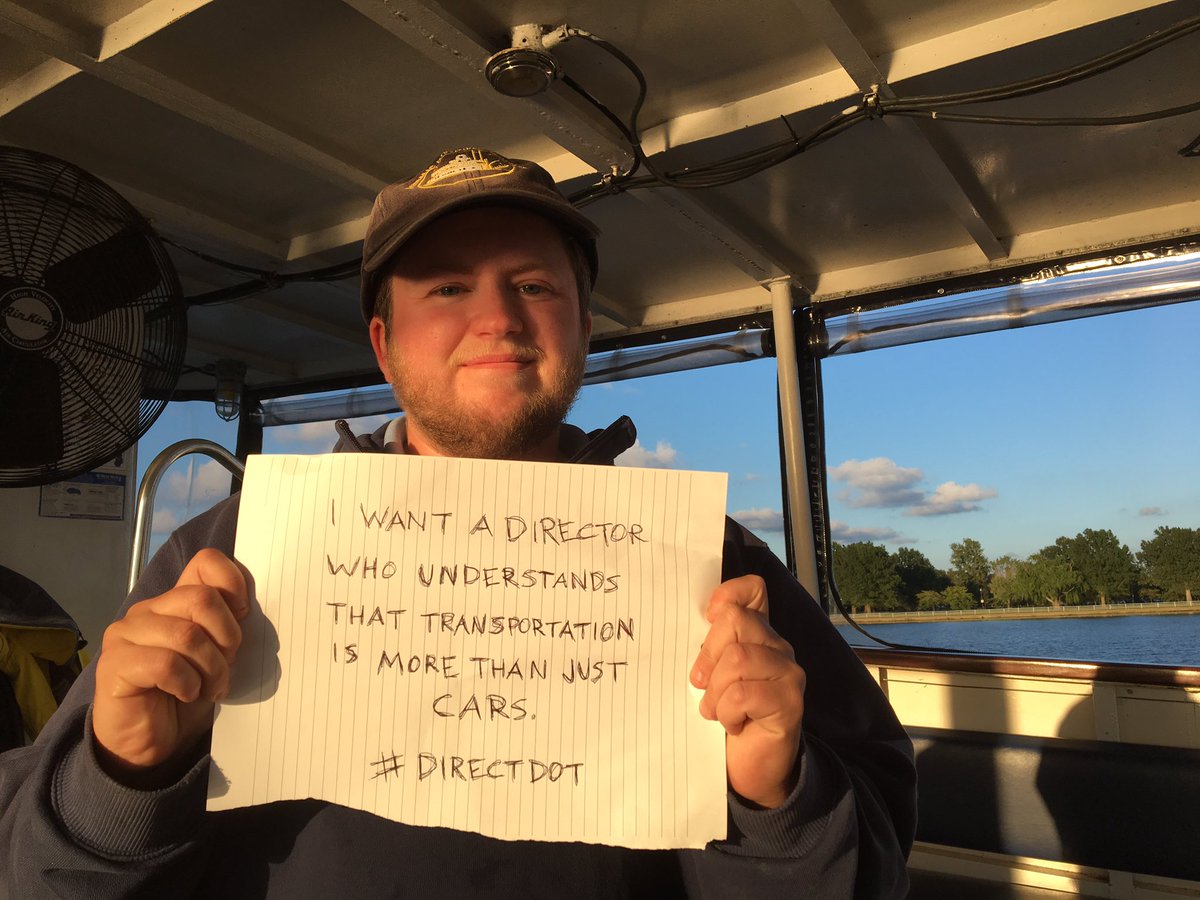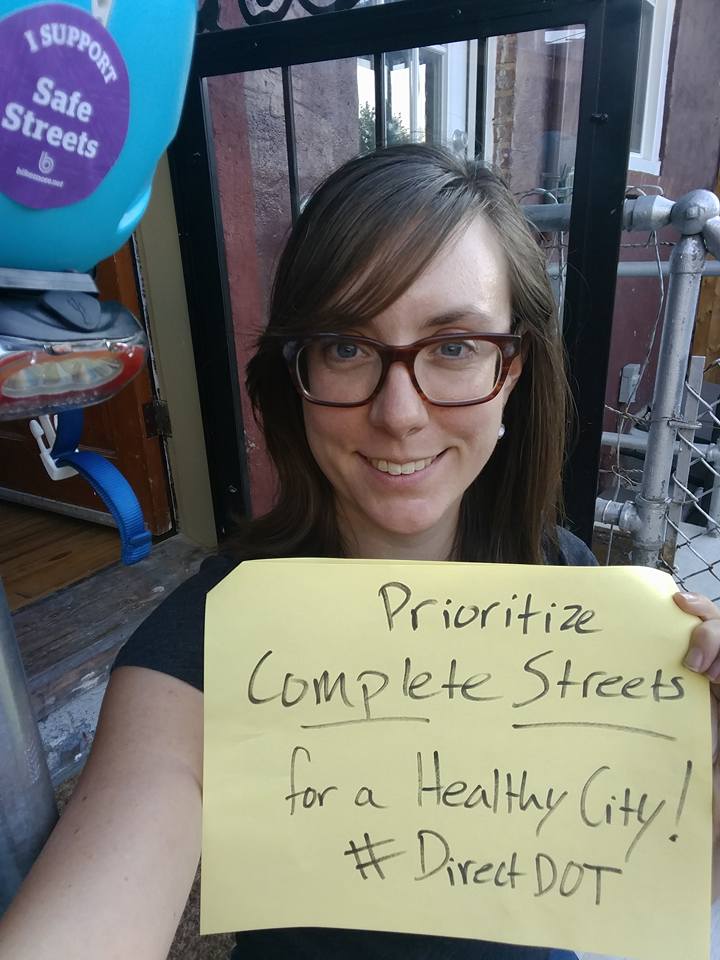"For decades, road design has prioritized car commuting through the 7th district over residents' ability to access the assets and opportunities that exist both within and outside our district by foot, bicycle, or public transit. People for Bikes' Big Jump Project is an opportunity to re-focus our priorities on improving quality of life for people living in and around Reservoir Hill, making jobs to the east and our world-class Druid Hill Park to the north safely accessible to residents who choose to walk, bike, or take transit."
— Leon Pinkett, Councilman 7th District
Baltimore was selected as one of ten cities to participate in People for Bike’s Big Jump! The Big Jump Project is a three-year effort to help achieve a big jump in biking – a doubling or tripling of people riding – by building a network of safe and comfortable places to ride and engaging the community. The Big Jump will provide technical support to the city and community leaders, supporting on-the-ground infrastructure, smart outreach, community engagement, and measuring result. In total, Big Jump will provide $750,000 in targeted grants and technical support over three years.
Big Jump specifically looks at ways to support neighborhoods that are already making strides toward increasing the number of people who walk and bike, and aims to build on that success in surrounding neighborhoods.
Therefore, Baltimore’s project will focus on improving bike infrastructure in a swath of Central and West Baltimore, with the ability to connect a neighborhood of huge opportunity, Remington, to a neighborhood that would benefit immensely from increased connectivity, Reservoir Hill. The selected project area already has a higher percentage, relative to the city average, of households that lack access to a car; it has neighborhoods that already have high percentages of people walking; and it has neighborhoods eager to increase the number of people walking and biking if there was better infrastructure.
"Innovation Village was pleased to support the City of Baltimore's application for the Big Jump Project. Removing barriers to mobility is critical to advancing socioeconomic and racial justice in our city, and a key component of raising the quality of life in a neighborhood – a key mission of the Innovation District." — Richard May, Innovation Village
We want to thank the organizations that lent their support for this application and look forward to working with them as the project unfolds. Those organizations include Beth Am, Central Baltimore Partnership, Greater Remington Improvement Association, Healthy Neighborhoods, Hekemian & Co. Inc., Innovation Village, Mount Royal CDC, Old Goucher Community Association, Reservoir Hill Improvement Council, Seawall, Strong City Baltimore and City Council members.
This project also has the opportunity to bring together developers that saw the potential of neighborhood development, in contrast to Baltimore’s standard procedure of placing all major new development along the waterfront.
"In 10 short years, the community of Remington and Seawall Development have invested $100,000,000 in transformative projects in Remington. The JFX is currently a barrier to people without cars in neighborhoods along Druid Park Lake Drive and Auchentoroly Terrace who want to access jobs, shopping, dining, and entertainment just a mile away in Remington. We hope this project will jump that gap." — Thibault Manekin, Seawall Development
After years of advocacy, we have finally achieved the political will to begin imagining bolder projects that connect all residents to the benefits of active transportation, as seen in 2016 with the launch of Baltimore Bike Share and the construction of the Maryland Avenue cycletrack. With a new mayor and majority new city council in office, Baltimore is at a huge transition point. Participating in Big Jump is a critical next step to bringing new and bigger partners on board as we build a city that’s great for bikes.
“The Big Jump Project will be a catalyst that encourages the city to think in terms of whole bicycle networks versus one off facilities, fosters connections between areas of low opportunity and high opportunity through active transportation, and considers deeply the responsibility to provide transportation choice to residents at a time when things like public health inequity, environmental injustice, and economic disparity are preventing our city from achieving progress. We look forward to working with our public, private and nonprofit partners from Reservoir Hill and Remington as we use active transportation to overcome the deep divide caused by I-83.”
— Liz Cornish, Bikemore
Read the announcement from People for Bikes and Mayor Pugh's press release, and stay tuned for what’s to come!








